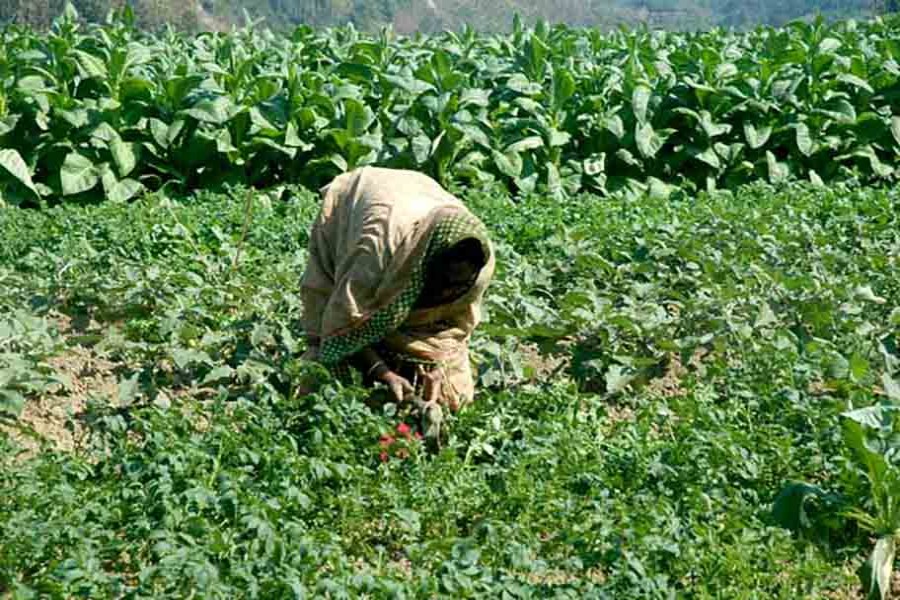The government of the Netherlands has expressed its desire to support Bangladesh in the process of land reclamation and river dredging for mitigating long-term flood risks. The countries have, according to a recent report, signed three agreements on resilient and sustainable delta management, collaboration in land reclamation and land accumulation in Bangladesh, and partnership on knowledge and innovation for sustainable development.
The Dutch government assured Bangladesh of taking measures for early implementation of the instruments, especially on land reclamation and accretion. Both sides agreed to initiate pilot or demonstration projects in this regard, specifically on land reclamation in and around the Chittagong Port.
Land reclamation, according to Wikipedia, is creation of new land where there was once water. Notable examples in the West include parts of New Orleans, Washington, DC, Mexico City, Helsinki, Cape Town foreshore, Chicago shoreline, Manila Bay shoreline, Back Bay, Boston, Massachusetts, Battery Park City, Manhattan, the port of Zeebrugge in Belgium, the south-western residential area in Brest, Belarus, the polders of the Netherlands, and the Toronto Islands, Leslie Street Spit, and the waterfront in Toronto.
In the Far East, Japan, the southern Chinese cities of Hong Kong, Shenzhen and Macau, and the city-state of Singapore are also famous for their efforts in land reclamation. One of the earliest and famous projects was the Praya Reclamation Scheme, which added 50 to 60 acres of land in 1890 during the second phase of construction. It was one of the most ambitious projects ever taken during the Colonial Hong Kong era.
Some 20 per cent of land in the Tokyo Bay area has been reclaimed. Monaco and the British territory of Gibraltar are also expanding due to land reclamation. Rio de Janeiro was largely built on reclaimed land.
Artificial islands are also examples of land reclamation. Kansai International Airport (in Osaka) and Hong Kong International Airport are examples where this process was deemed necessary. The Palm Islands, The World and Hotel Burj al-Arab off Dubai in the United Arab Emirates are other examples of artificial islands.
In fact, through applying collective efforts and knowledge, it is possible to reclaim land from the ocean for the land-hungry countries. The Netherlands is the best example where huge land could be reclaimed from the sea after strenuous efforts of the government and the people. In Dubai, huge land has been reclaimed and mega structures have been built to expand and beautify the city.
The farmland area in Bangladesh is fast depleting. This necessitates exploring the possibility of land reclamation. According to an estimate, if the government spends an amount of Tk 4.0 billion, 150 square kilometres of land can be reclaimed by building a dam in Urir Char.
Yet the situation is much more precarious. In order to face the impending situation, the government is trying to go for maximum utilisation of its farmland. It plans to spend nearly Tk 500 billion in the next few years on revamping the farm sector, which now faces impediments ranging from land scarcity to overexploitation of ground water. The amount will be spent as part of the government's seventh five-year plan.
What is alarming is that the country with the world's highest population density is fast losing arable land due to growing industrialisation and rapid encroachment of human habitat on farming areas. Bangladesh is losing 8000 hectares of farm land every year, as the country's fast growing population looks for new land to build homes while entrepreneurs go deep into the countryside to set up factories.
Theoretically speaking, there would be no cultivable land left in Bangladesh in 50 years if lands are taken away for non-farm purposes at the current annual rate. Experts say if the trend is not reversed now, the country would permanently lose its food security, making its poor population more vulnerable to volatile international commodity prices.
In order to reverse this trend, there is a need for enactment of strict laws to restrict the use of arable land for non-farming purposes. Mindless encroachment is rampant across the country which must be halted. Arable land should not be used for purposes other than agriculture. The factories and educational institutions that have already been built should now go vertical, instead of grabbing more arable land. Laws must be enacted to stop this aggression on the country's dwindling farmland.
There is no denying that the country's population is rising fast. It is feared that no land would be available to accommodate nearly 250 million people in 2050 and beyond. In fact, there is no alternative to reclaiming more land for the accommodation of rising population. Then again, some of the country's land is being gobbled up by the sea.
Fear looms large that with the sea water level rising because of polar ice melting, some parts of Bangladesh will go into the sea in another 50 to 100 years. As such, the situation is getting grim with the passage of time. On one hand, the country's size is getting smaller in terms of land, on the other, a sizeable portion of its land, according to scientists, will be devoured by the sea.
In the circumstances, policymakers must give topmost priority to reclaiming land from the sea. As the country has no other option, the government needs to go all-out for the process to start on a war footing.


